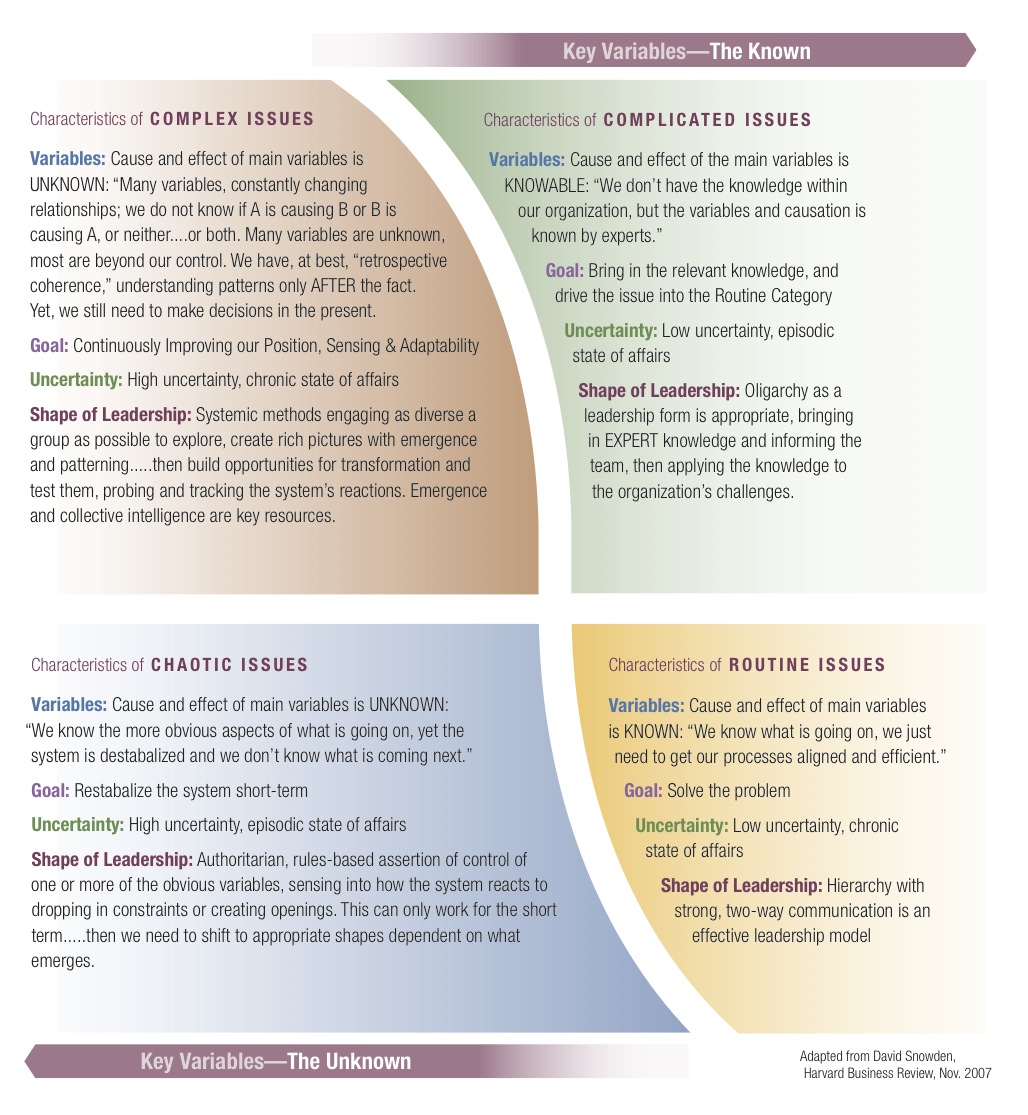Future Insight Maps
Complex issues are unique to the organization’s people, clients, time and region.
They are messy and highly uncertain, yet no two are alike. A bank is not a bank is not a bank. Each village is unique. No two farms are alike, and no two pharmaceutical companies are alike.
There are holistic, systemic thinking approaches, practices informed by principles, and methods that result in improvement of these complex issues across all industries and organizational types.

Do you want to find your
way out of the forrest?
“Future Insight Maps helped us breakdown the silos strangling our ability to share and use corporate knowledge thus enabling the organisation to function effectively again.”

Future Insight Maps is the home of the pioneers behind these Systemic Thinking Methods and Practices. They have researched and piloted techniques and tools “custom-designed” for unique, “invisible” but complex issues.
Bruce McKenzie, Jane Lorand, Jason Skinner and Andrew McKenzie are unassuming leaders/coaches/designers. As Social Architects, they roll up their sleeves with their clients and build capacity of staff so that staff can modify/adapt plans as conditions change….and they are always changing!
“Social Architects for Complex Issues” who work with our people, co-design processes and also coach our people to build innovative and resilient options and plans. These Social Architects have warm hearts and quick minds, and are unafraid and unpretentious.
We come away with new options for action to support our decision-makers, informed by broad and deep “intelligence gathering from our people,” and we come away with new capacities and tools/techniques to address complex issues that are on our horizon.
You want architects who:
1) know how to gather all the relevant perspectives and needs;
2) know how to lead inspiring processes with our people that generate various new options in the design;
3) understand how to direct the builders (our local people) through the steps; and
4) leave everyone with more confidence, knowledge and capacity to adapt as our needs and conditions evolve;
5) leave a building that delights while meeting the prioritized needs and is adaptable to future needs.
